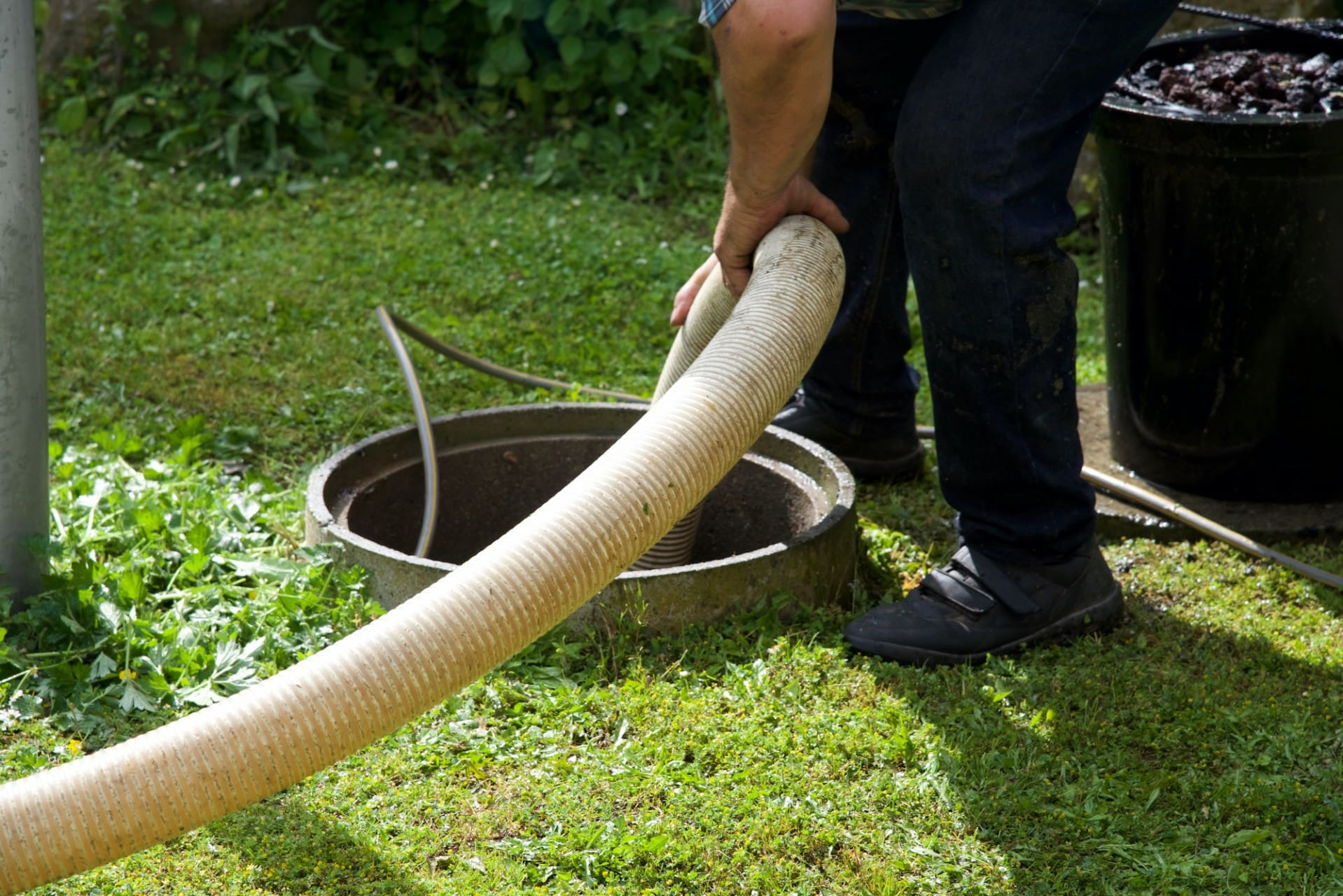Septic System Pollution
Septic System Contamination of Drinking Water Source and Surface Waters
Teton County has over 3000 septic systems that release wastewater effluent into the ground.
A recent local study found that, from the bacterial communities identified, the dominant source of nutrient pollution was human wastewater. When there was an increase in precipitation and development, there was an increase in human wastewater. This points directly to septic systems. High seasonal groundwater depths can lead to insufficient effluent treatment of septic systems.
Poor management and/or improper placement of septic systems can result in contaminated groundwater. Without regular maintenance, septic systems may fail and leak untreated or improperly treated sewage into the environment, contaminating adjacent groundwater and surface waters.
Nitrogen and phosphorus from inadequate septic systems play a major role in excessive weed and algae growth in ponds and streams and can contribute to elevated nitrate levels in drinking water well supplies.



